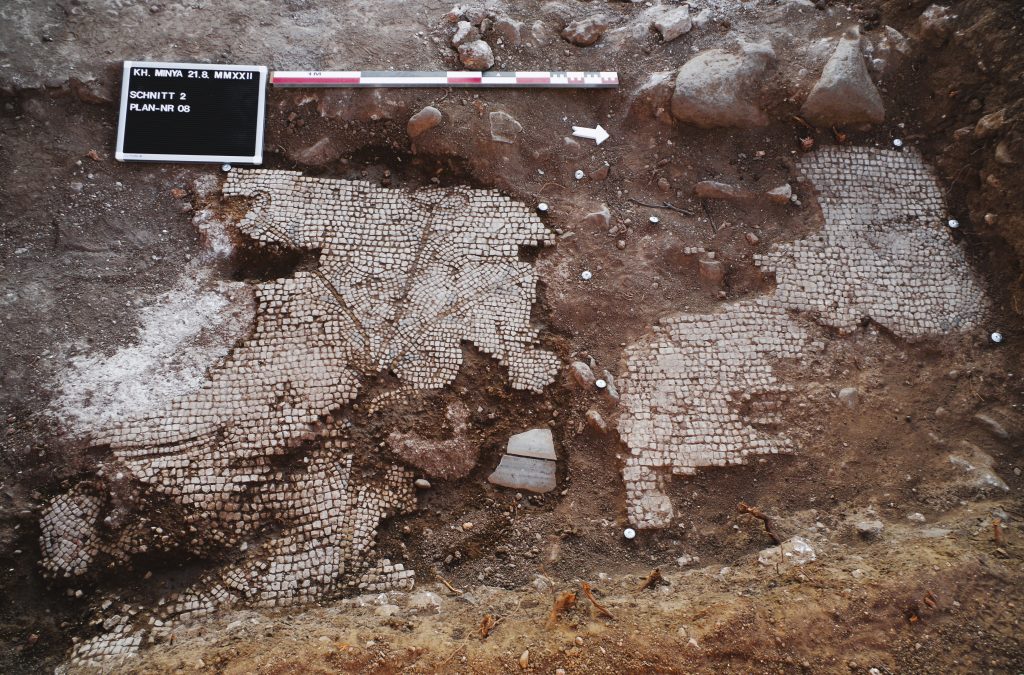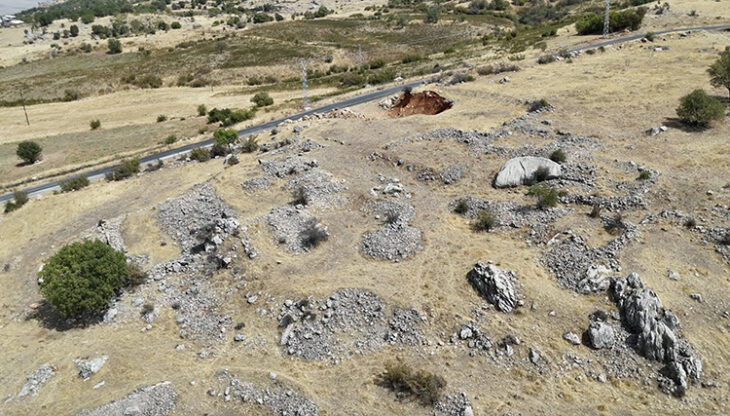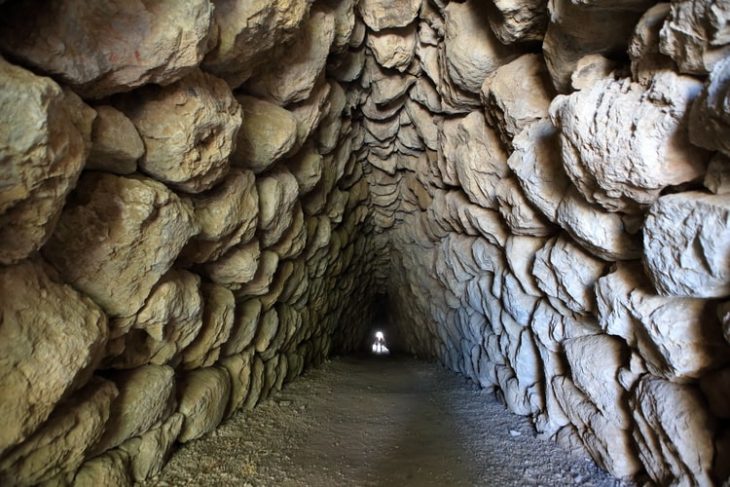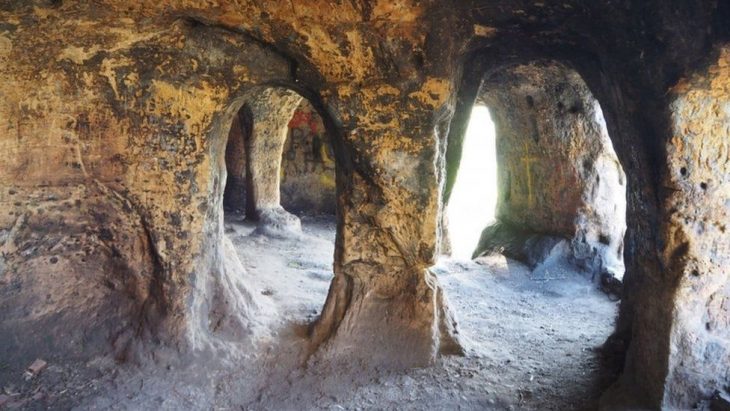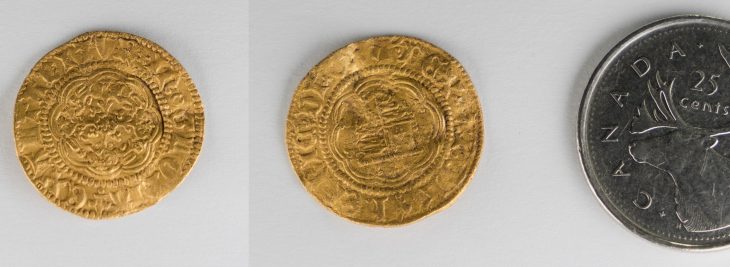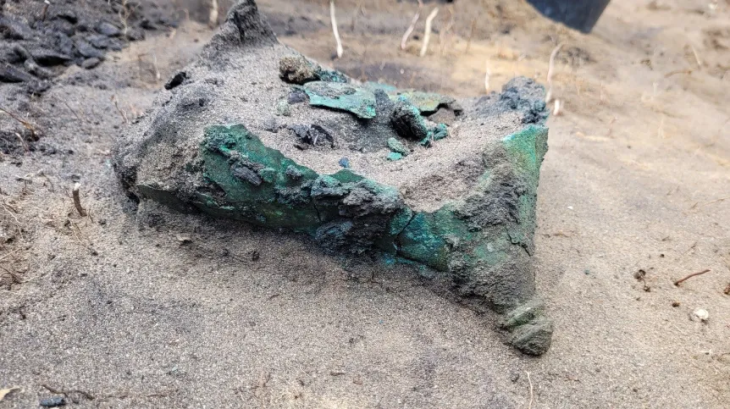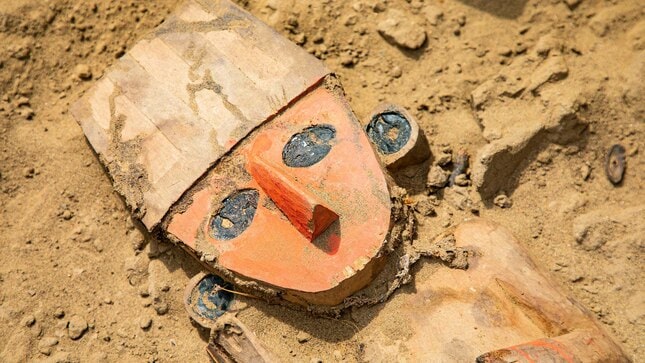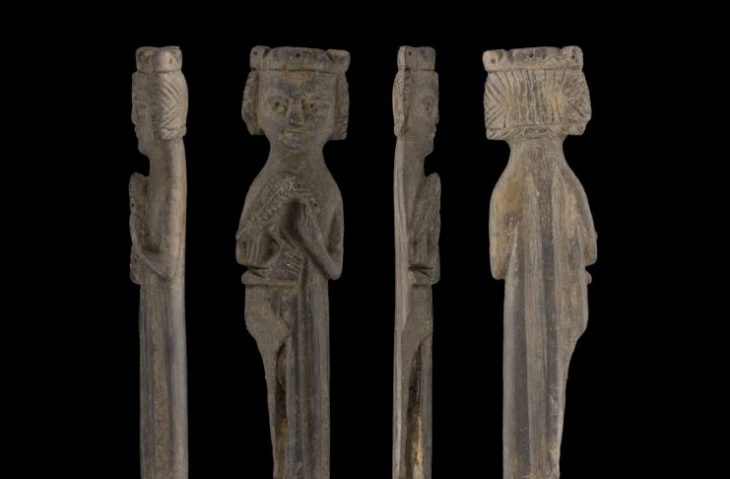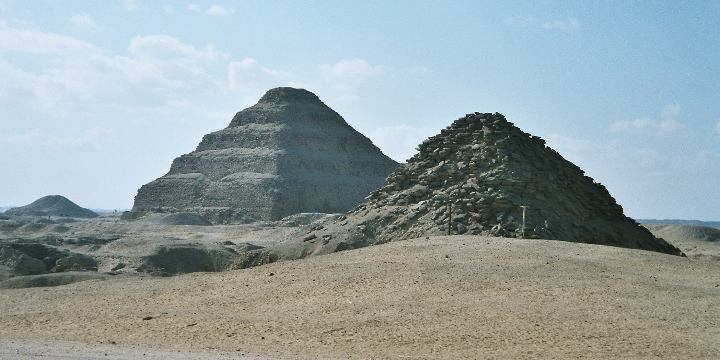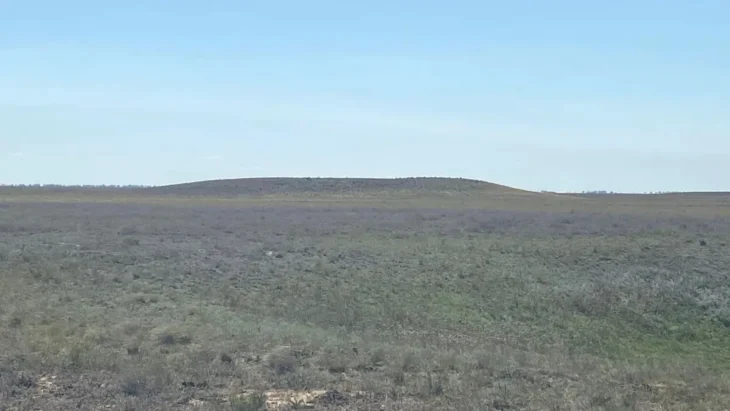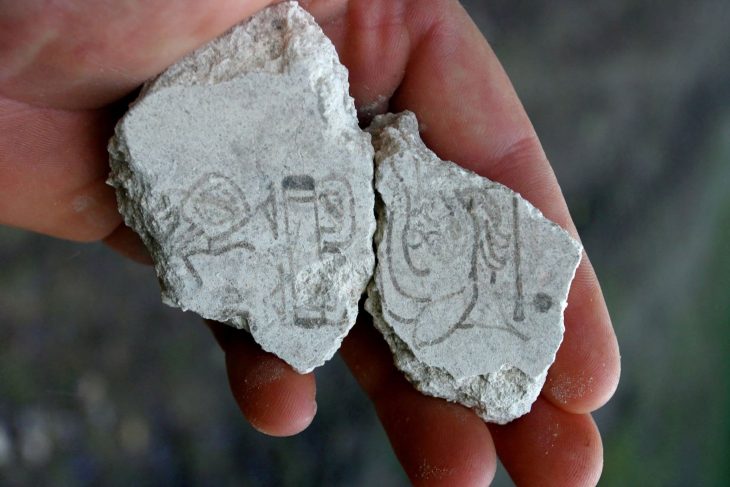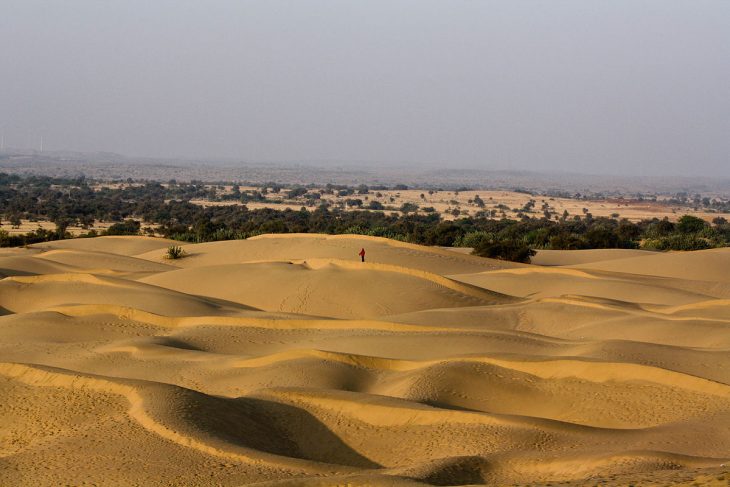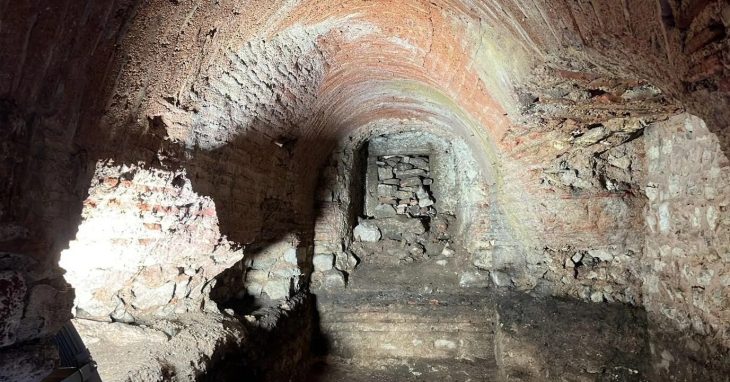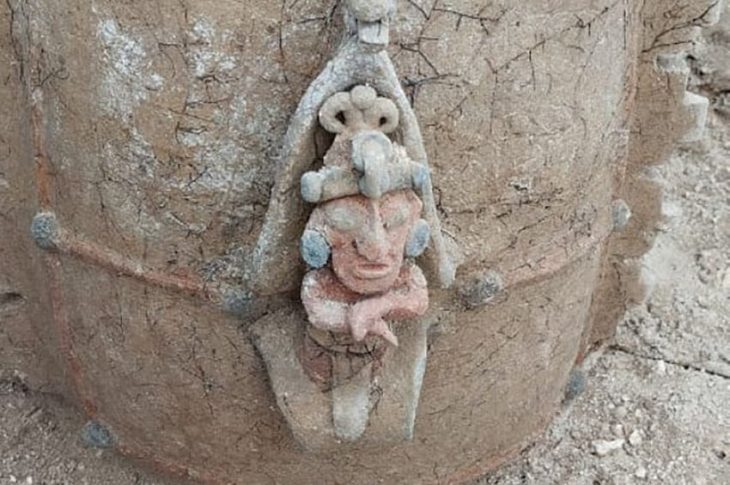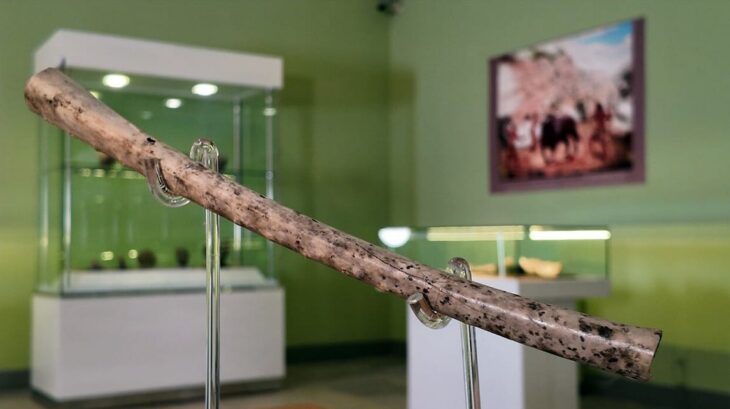Archaeologists from Johannes Gutenberg University Mainz uncovered an ancient mosaic that once lay in the shadow of a caliph palace on the eastern shore of the Sea of Galilee, in present-day Israel.
The mosaics predate the nearby Umayyad-era palace known as Khirbat al-Minya, which was built during the reign of the early Islamic Caliph, Walid I, from 705 to 15 C.E., along the northern shore of Lake Tiberias.
The site was once an important trade hub, centering around sugar production, and the Caliph’s son commissioned the palace, which included one of the first mosques erected in the Palestine region. The area suffered damage from a major earthquake around 749 C.E. and was later abandoned.
The plants depicted in one of the mosaics are especially noteworthy because they have the same long, curved stems seen in so-called Nile-scene mosaics made in the fifth and sixth centuries. The mosaic’s depictions of native Nile Valley plants and animals served as a symbol of the mighty river’s life-giving power, with its yearly floods ensuring Egypt’s agricultural fertility. That explains why opulent homes in late antique cities as well as late antique churches, like the one in the nearby Church of the Multiplication in Tabgha, were decorated with mosaics depicting the Nile.
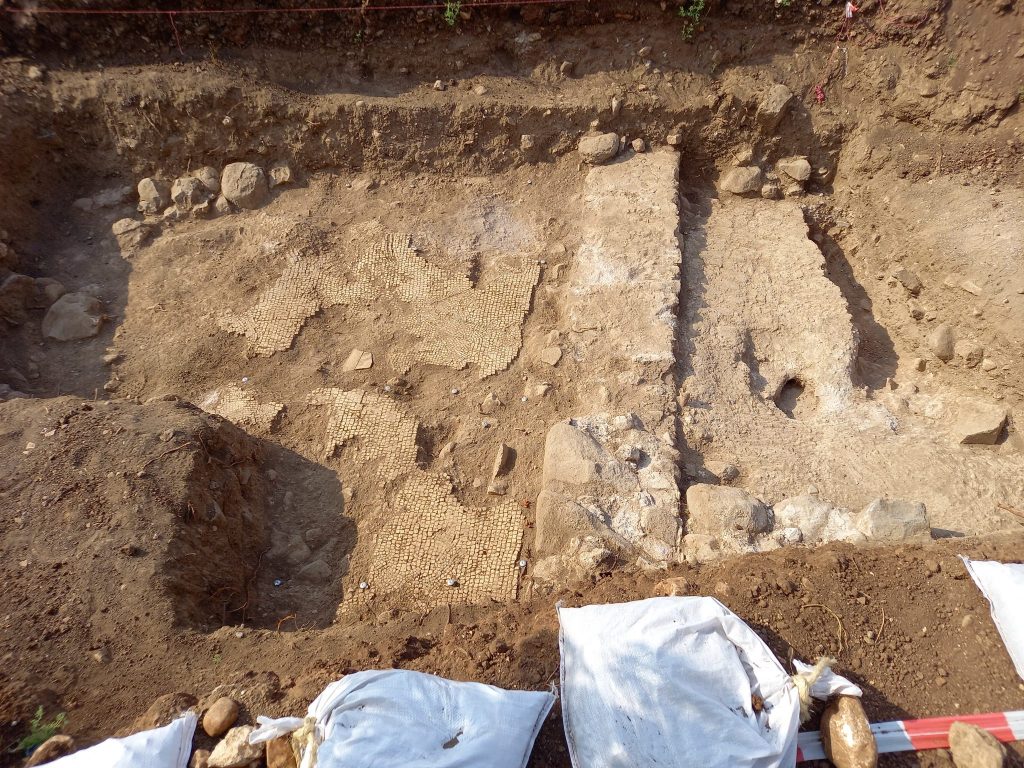
The recently discovered mosaic and associated ceramic discoveries from the fifth to the seventh centuries demonstrate that the settlement on the lake’s shores was already thriving centuries before construction on the caliph’s palace had started. A small Islamic community later joined the area’s original inhabitants, who were either Christians or Jews, and the caliph had a side entrance built for them in the early 8th century so they could access his palace mosque. The site was still occupied from the 7th to the 11th century, according to the ceramics that have been discovered, and was under the control of the Umayyad and then the Abbasid caliphates.
📣 Our WhatsApp channel is now LIVE! Stay up-to-date with the latest news and updates, just click here to follow us on WhatsApp and never miss a thing!!
During this time, new construction projects were initiated, and parts of the mosaics were destroyed by pickaxes wielded by religiously inspired iconoclasts, sections of old walls were demolished, and the stones were transported away for reuse elsewhere. The ruins eventually served as the site of a cemetery where the deceased was buried according to Muslim tradition by lying on their side and facing Mecca.
At the location, archaeologists made another important discovery. Along with the mosaic, they also discovered a stone furnace that had previously been used to process a lot of sugar cane.
During the Middle Ages, sugar was one of the region’s top exports. However, its production came at a high cost. Ancient people used a lot of water and wood to make sugar. This resulted in extensive soil erosion and environmental decay, to the point where some areas around the lake have yet to recover — even centuries later.
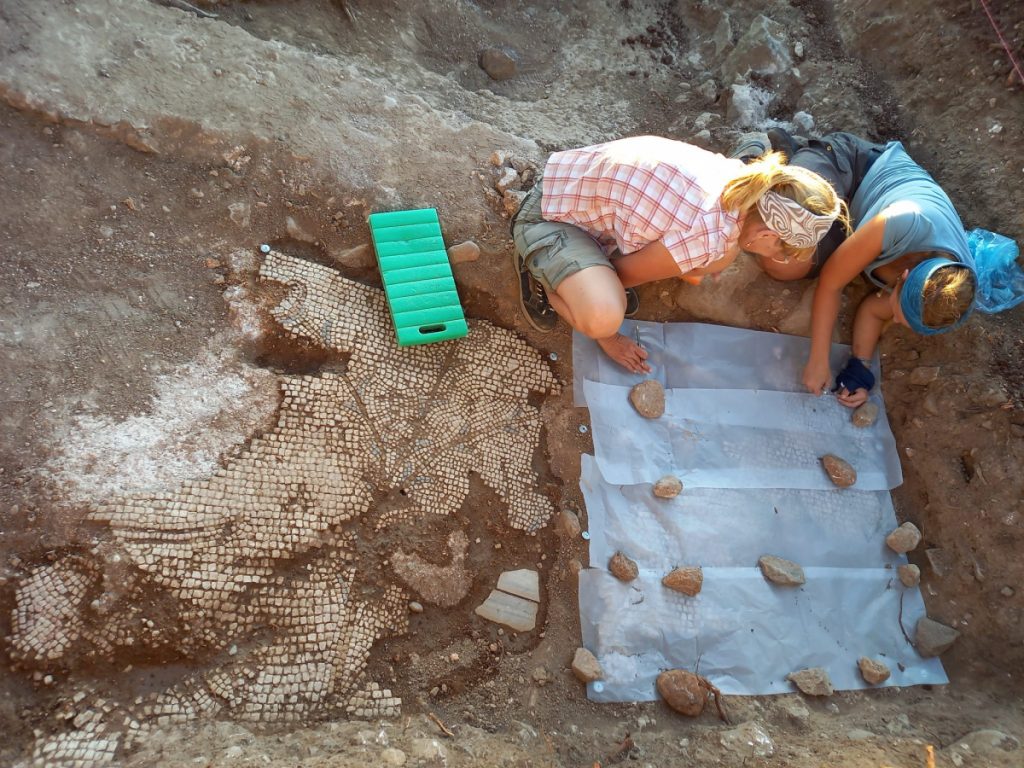
“It was here that considerable money was subsequently made through the cultivation of sugar cane, sadly causing lasting damage to the ecosystem,” site director Hans-Peter Kuhnen noted in the university press release.
Johannes Gutenberg Universıtat Mainz
Cover Photo: AcClose-up of the mosaic shows a flowering plant. In the foreground are traces of the marks made by a pickaxe when the mosaic was deliberately destroyed. Photo: © Hans-Peter Kuhnen.

